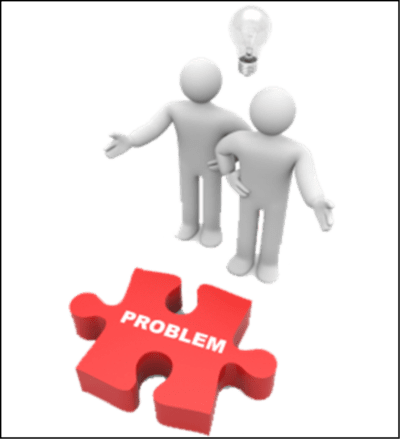Learn To Problem Solve Through a Creative Lens
LEARN PROBLEM SOLVING THROUGH A CREATIVE LENS When facing obstacles in your organization, there are a number of ways to accomplish problem solving and make decisions regarding it. Creative problem solving helps us look to challenges with an open mind and consider different perspectives. The creative problem-solving process is just that – a process. But […]
Learn To Problem Solve Through a Creative Lens Read More »


